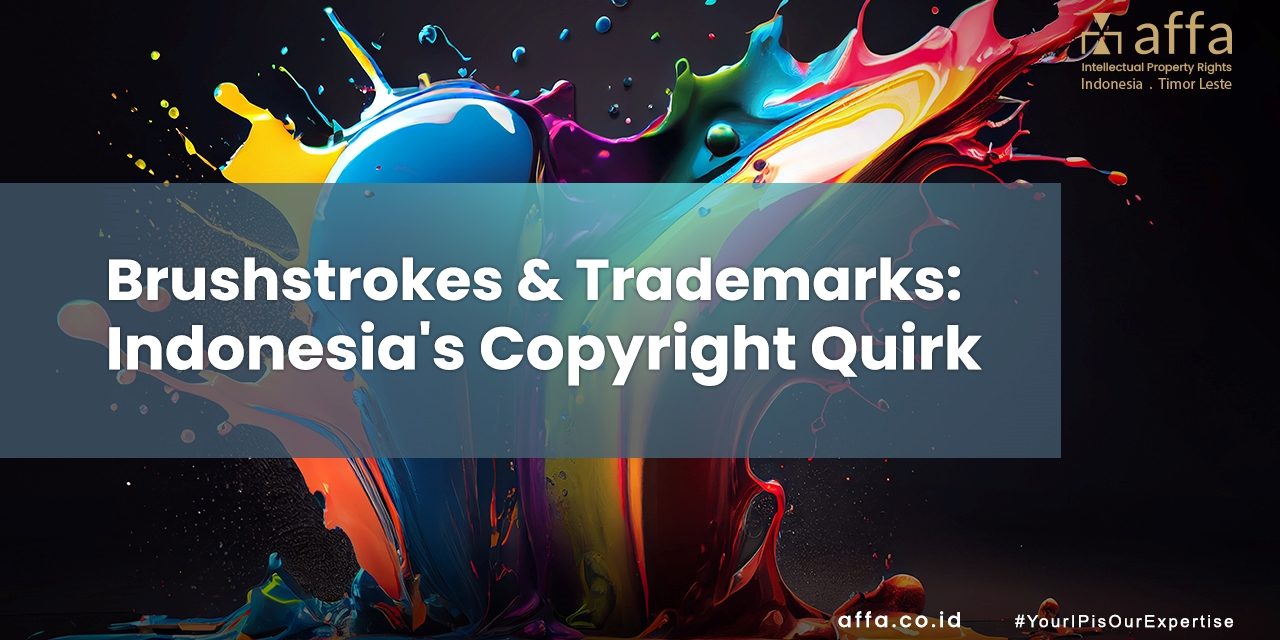Article 65 of the Indonesian Copyright Law crafts a vibrant patchwork in the legal tapestry of intellectual property rights. It explicitly prohibits the registration of a work of art, specifically a painting, as a copyright when it is used as a logo or distinguishing mark for a trade of goods or services or represents a symbol for an organization, business entity, or legal entity. This law paints a clear boundary line in the diverse field of intellectual property rights, where copyrights and trademarks often play tug-of-war.
However, an intriguing paradox has emerged in practice. Many parties try to draw double protection by registering the exact artistic representation as both a Trademark and Copyright – in other words, trying to overdo it by “double kill.” This practice takes advantage of a perceived grey area between the two distinct protections, aiming to arm the creator with an extra layer of legal armor. By doing so, they attempt to circumvent the spirit of Article 65, setting up a fascinating legal conundrum and an escalating tug-of-war between the copyright and trademark protection regimes in Indonesia.
In the past, there have been some warnings by the Indonesian Copyright Office to unilaterally withdraw the recorded copyrights if they are found to have breached Article 65 of the Copyright Law. A solution to this discrepancy lies in tightening the enforcement by the Indonesian IP Office, ensuring that the lines dividing trademarks and copyrights remain as sharp and clear as the brushstrokes of a master artist. Thus, Article 65 of the Indonesian Copyright Law continues to challenge the art and business words, forcing them to think outside the frame without doubling down on the protection for the same object illegally.
Should you have any questions about Copyright Recordation in Indonesia or abroad, please get in touch with us via [email protected].







